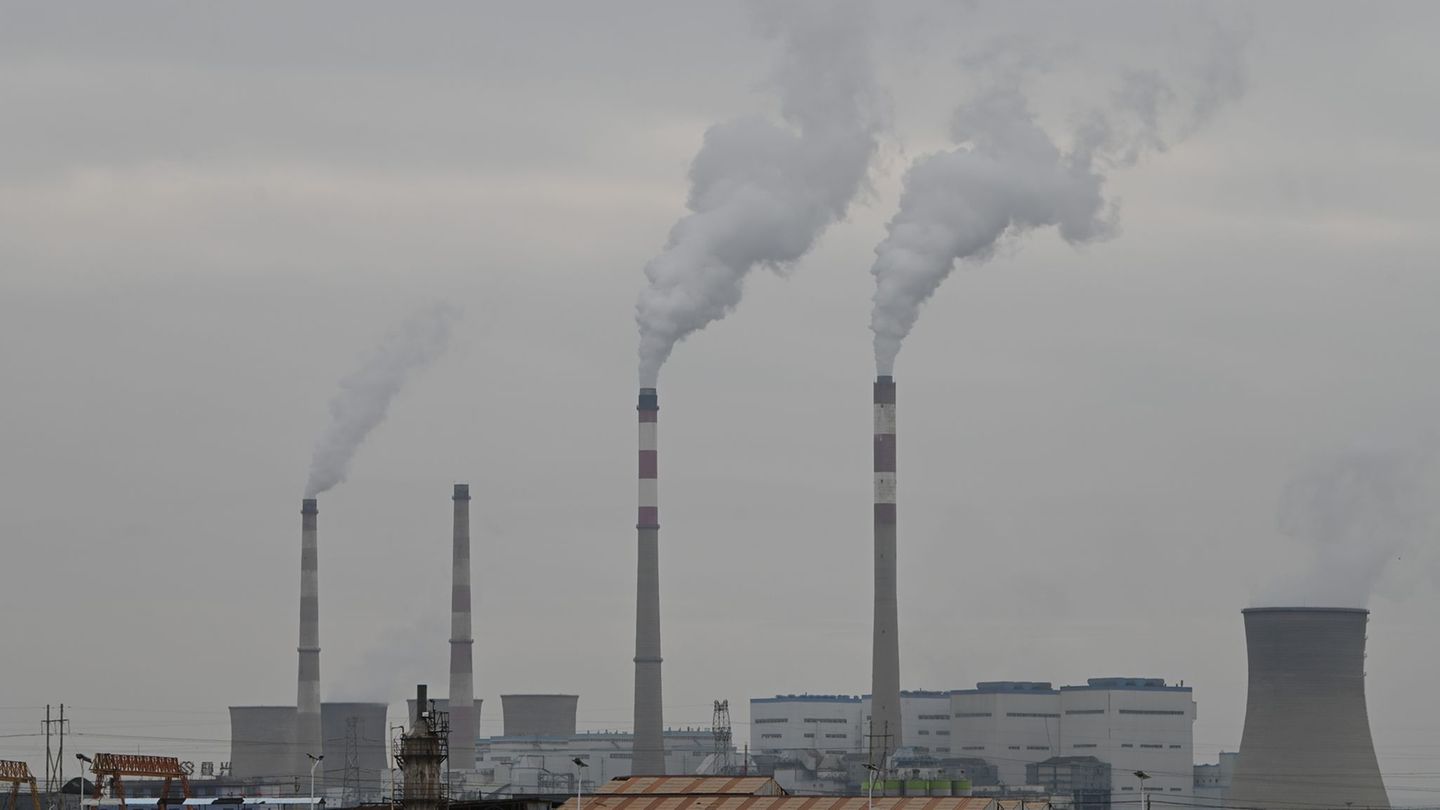Lower Austria’s governor Johanna Mikl-Leitner (ÖVP) and the Mayor of Vienna Michael Ludwig (SPÖ) emphasized this on Friday. In a joint press conference in the town hall, they presented a first project. The new line 72 is scheduled to run between Simmering and Schwechat from 2025.
In total, the new bim route should be 6.4 kilometers long. 2.75 kilometers have to be newly built – 1.75 kilometers of them in Lower Austria. Europaplatz will be the final stop in Schwechat. Bim routes across national borders have been under review for a long time. The plans for line 72 are now largely complete, it said. There will also be talks with the federal government about financing the project.
A financing similar to that of the Badner Bahn is planned, as Vienna’s city councilor for transport Ulli Sima (SPÖ) explained. This would mean that not only the two federal states, but also the federal government would pay some of the costs for the infrastructure and operation. According to Sima, the route is fixed in principle. The new tram line will run from the Simmering U3 station via Kaiserebersdorf to Schwechat Europaplatz.
Up to 20,000 potential customers would live in the catchment area, it was emphasized today. Ideally, commissioning could take place in 2025. The new route is planned as a connection with its own track body to prevent the tram from being stuck in traffic. A possible extension of the “72er” to Rannersdorf is also being examined.
Ludwig and Mikl-Leitner also presented an agreement on Park&Ride facilities. Specifically, a total of around 1,400 additional parking spaces in the surrounding area will be jointly financed. They should be built by 2023. The expansion was necessary not least because commuters from the surrounding area in Vienna can no longer park their vehicles indefinitely in public parking spaces after the introduction of nationwide parking space management.
According to Lower Austria’s Transport Provincial Councilor Ludwig Schleritzko (ÖVP), this is already noticeable when using public transport. The number of passengers on the connections to and from Vienna has increased by five to ten percent.


Governor Mikl-Leitner pointed out in the joint press conference that Vienna and Lower Austria are an economic and living area. No other region is so closely connected, which is why cooperation on mobility issues is also important. Mayor Ludwig emphasized that the expansion of public transport is an important element of the climate protection program.
The federal government also views the project with benevolence: “A tram from Vienna to Lower Austria – and back again – is exactly the right approach for modern mobility in and around the city. We are always available for discussions and will support the project to the best of our ability”, emphasized Climate Protection Minister Leonore Gewessler (Greens) in a statement to the APA.
Helga Krismer, state spokeswoman for the Lower Austrian Greens, also welcomed “the comprehensive examination of the demand, which is highly appropriate in terms of climate and transport policy, to extend the tram again to Schwechat”. However, the assessment and completion of the construction project should “under no circumstances last until the end of the day”. “The tram to Schwechat has been a green demand for years. Finally, this sound barrier of the state border between Vienna and Lower Austria has been broken,” said the mobility spokesman for the Greens in Vienna, Kilian Stark.
The FPÖ traffic spokesman in Vienna City Hall, Anton Mahdalik, commented on the announcement with “love meant”. But once again it completely ignores the reality of life, he found in a broadcast. It would make more sense to expand the U3 to Schwechat.
“The cooperation between Vienna and Lower Austria in the transport sector is clearly to be welcomed,” said the traffic spokeswoman for the Viennese ÖVP, Elisabeth Olischar. Transport policy should not end at the city limits. The People’s Party has been calling for public transport to be extended beyond the city limits “for ages”.
The SPÖ NÖ welcomed the project and saw it as the first step in a comprehensive expansion of the transport infrastructure in Lower Austria. “Finally something is happening. The planned project must now be our signpost and may only be the beginning of a large number of such projects,” said the traffic spokesman for the SPÖ Lower Austria, Gerhard Razborcan, in a broadcast.
The Vienna Chamber of Commerce spoke of a “good day” for commuters. Both politicians and interest groups would pull together because they wanted to create a powerful, modern and efficient transport service, it was emphasized.
Source: Nachrichten




